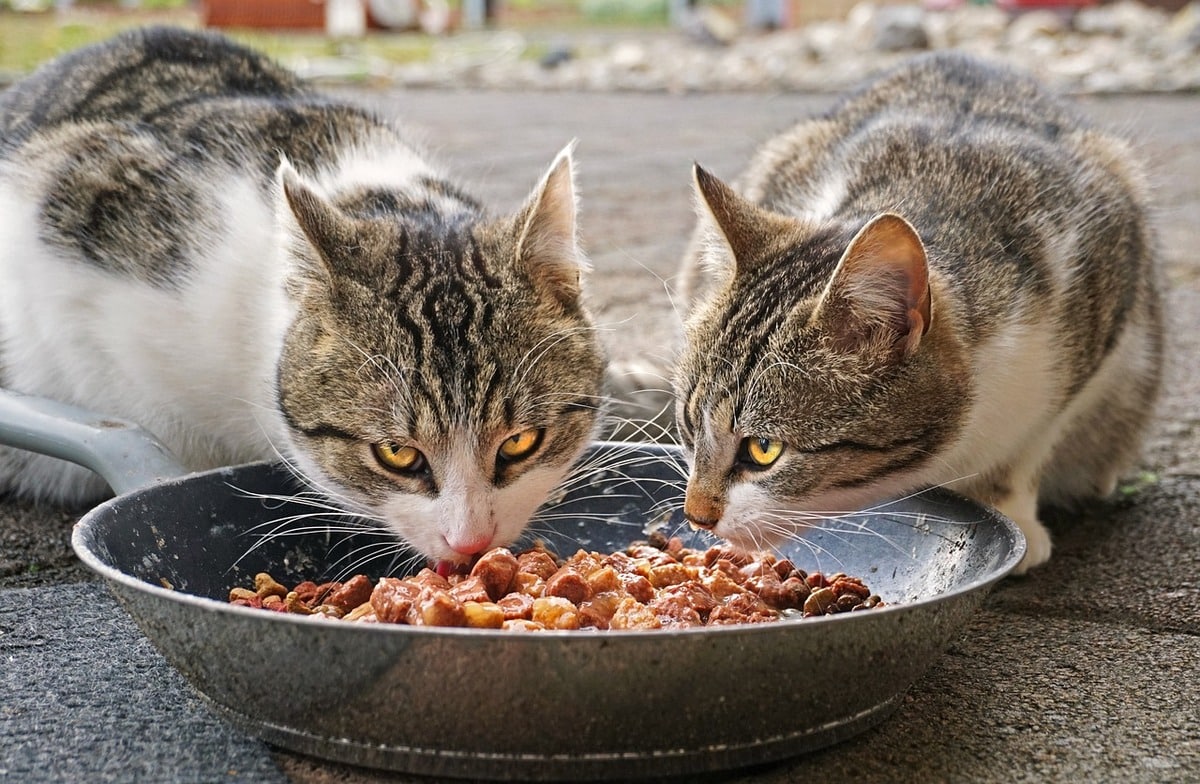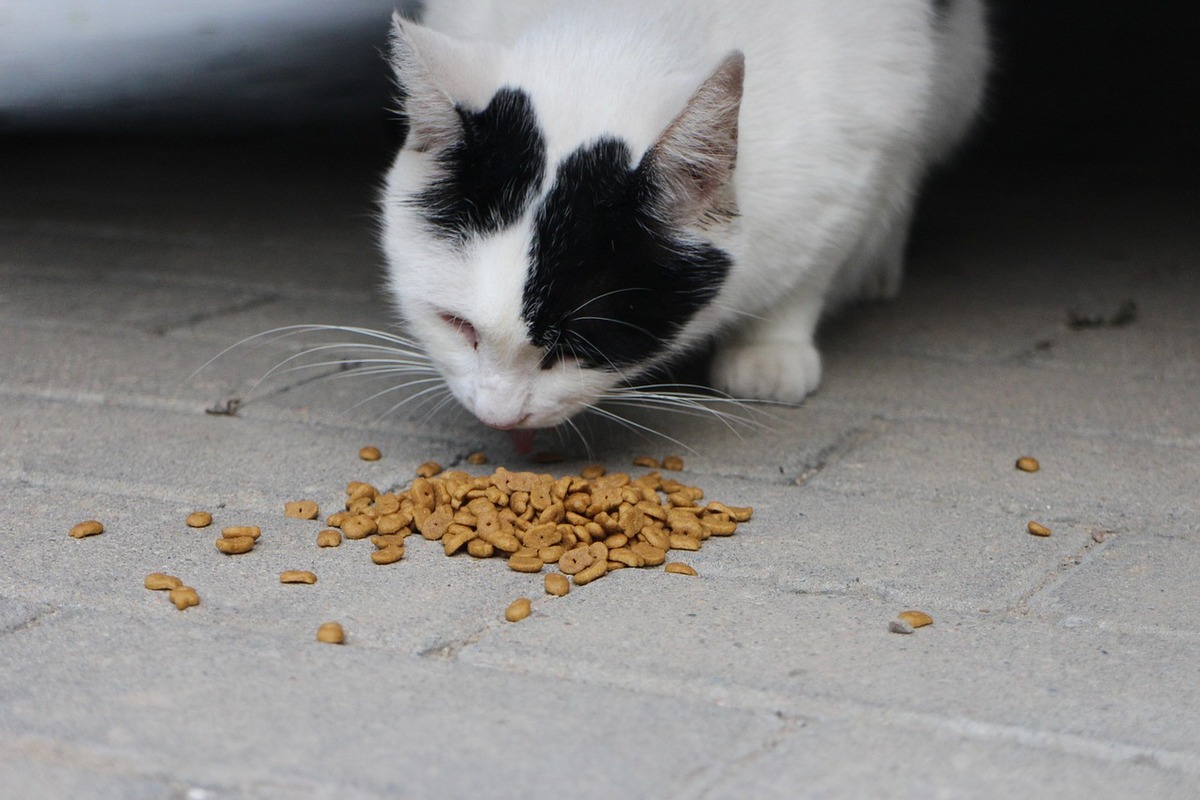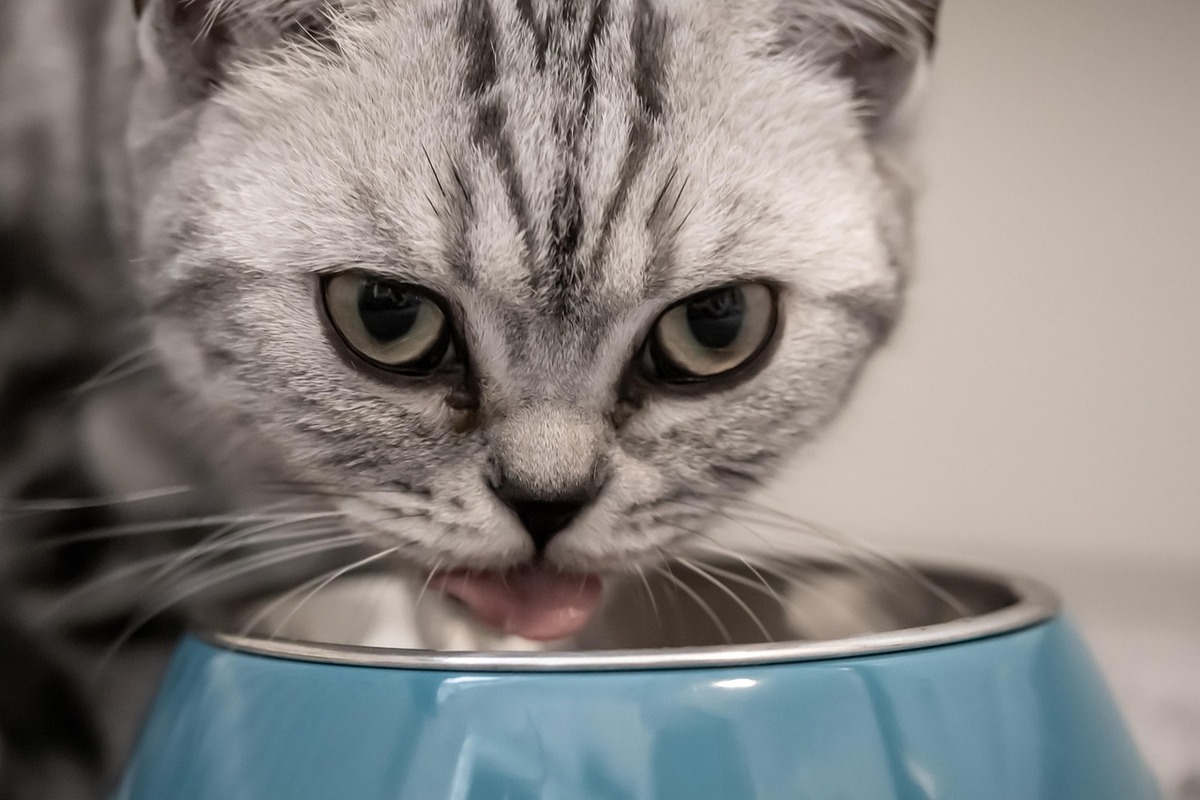
Cat Nutrition 101: What to Feed and What to Avoid
Giving your cat the best nutrition is key for their health and happiness. As a pet owner, knowing the basics of cat nutrition helps you choose the right food. This way, you can decide what to feed your cat and what to avoid. Choosing the best cat food can be tough. There are so many options out there. Some human foods are very toxic to cats. So, it’s important to know what they can and can’t eat.
A well-balanced feline diet guide is essential. It gives your cat the right nutrients. This helps boost their immune system, aids digestion, and increases energy levels. Poor nutrition can cause health problems like obesity, diabetes, and urinary tract issues.
In this comprehensive feline diet guide, we will cover:
- Essential nutrients for a cat’s diet
- Choosing the best cat food based on age and health needs
- Safe and nutritious human foods for cats
- Common foods toxic to cats and why they are harmful
- Tips for maintaining a balanced diet to support long-term health
By the end of this article, you’ll know how to feed your cat a diet that keeps them healthy and happy.
Essential Nutrients for a Cat’s Diet

Cats are obligate carnivores, meaning they require animal-based proteins to thrive. Their diet must include the following essential nutrients:
1. Protein – The Foundation of a Cat’s Diet
Cats need good animal protein. It helps with muscle growth, tissue repair, and keeps their bodies working well. Cats get most of their energy from protein, not carbohydrates, unlike humans and dogs. Best cat food options should contain high levels of digestible animal protein. Common protein sources in cat food include:
- Chicken
- Turkey
- Beef
- Fish (in moderation)
- Rabbit
- Organ meats (such as liver and heart)
A lack of protein in a cat’s diet can lead to muscle wasting, weakened immunity, and overall poor health.
2. Taurine – An Essential Amino Acid
Taurine is an amino acid crucial for heart health, vision, and digestion. Cats, unlike some animals, can’t make taurine on their own. So, it’s crucial to add it to their diet. Taurine deficiency can lead to blindness, heart disease, and reproductive issues. High-taurine foods include:
- Poultry
- Fish
- Organ meats (especially heart and liver)
3. Fats and Fatty Acids – Energy and Coat Health
Fats provide energy and help in nutrient absorption. Omega-3 and Omega-6 fatty acids support skin health, coat quality, and brain function. Cats naturally obtain fats from animal sources. Some of the healthiest fat sources include:
- Fish oil
- Chicken fat
- Flaxseed (in small amounts)
- Egg yolks
4. Vitamins and Minerals – Supporting Overall Health
A balanced cat diet should include essential vitamins and minerals such as:
- Vitamin A (found in liver) for vision and immune health
- Vitamin D (found in fish) for bone strength
- Calcium and phosphorus for strong bones and teeth
- Iron and zinc for blood health and immunity
- B vitamins for energy metabolism and neurological health
5. Water – The Most Overlooked Nutrient
Hydration is vital for cats, as they have a low thirst drive. Cats, unlike dogs, don’t naturally seek out water. So, it’s important to encourage them to stay hydrated. Wet cat food contains a higher moisture content, making it a great choice for hydration. Always provide fresh, clean water to prevent urinary tract infections and kidney diseases.
Choosing the Best Cat Food

Choosing the best cat food means thinking about your cat’s age, health, and likes so read the cat food labels properly. Here are the primary types of commercial cat food:
1. Dry Cat Food (Kibble)
- Convenient and has a long shelf life
- Helps with dental health by reducing plaque
- Ensure it contains high-quality protein and minimal fillers
- Maybe less hydrating than wet food, so encourage water intake
2. Wet Cat Food (Canned)
- Higher moisture content helps keep cats hydrated
- More palatable for picky eaters
- Rich in animal protein and low in carbohydrates
- Best for cats with urinary or kidney issues
3. Raw or Fresh Diets
- Closely mimics a cat’s natural diet in the wild
- Requires proper preparation and handling to avoid contamination
- Consult your vet before switching to raw feeding
4. Homemade Diets
- Allows complete control over ingredients
- Requires supplementation to meet all nutritional needs
- Must be vet-approved to ensure balanced nutrition
When choosing the best cat food, always check the ingredient list. Ensure it meets AAFCO (Association of American Feed Control Officials) standards.
Foods Toxic to Cats
Certain human foods can be highly toxic to cats and should be strictly avoided. Here are some of the most dangerous foods:
1. Onions, Garlic, and Chives
These can cause anaemia by damaging red blood cells.
2. Chocolate and Caffeine
Both contain theobromine, which is toxic to cats and can lead to seizures and heart problems.
3. Grapes and Raisins
Even small amounts can cause kidney failure in cats.
4. Dairy Products
Many cats are lactose intolerant, leading to digestive upset.
5. Raw Fish
Contains thiaminase, which breaks down vitamin B1 and can lead to neurological issues.
6. Alcohol and Xylitol
- Alcohol can cause severe poisoning
- Xylitol (found in sugar-free gum) can lead to liver failure
7. Raw Dough and Yeast
Can expand in the stomach, causing bloating and discomfort.
If your cat accidentally consumes any of these, contact your vet immediately.
Best Nutrition for Your Cat
Giving the best cat food and knowing the foods toxic to cats is key for their care. A good diet helps your cat stay active, keep a healthy weight, and avoid illnesses.
This feline diet guide helps you make smart choices for a longer, healthier life for your pet. If you are ever unsure about what to feed your cat, consult your veterinarian for expert advice.
What changes will you make to your cat’s diet today? Share your thoughts in the comments below!